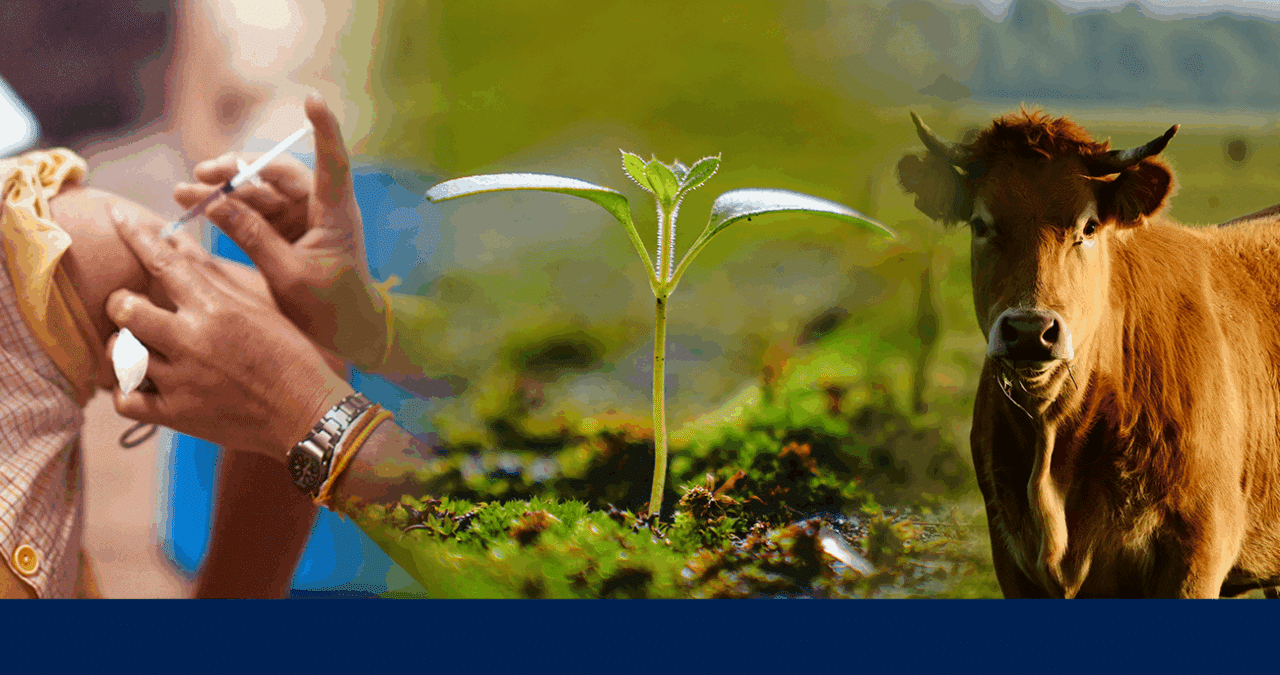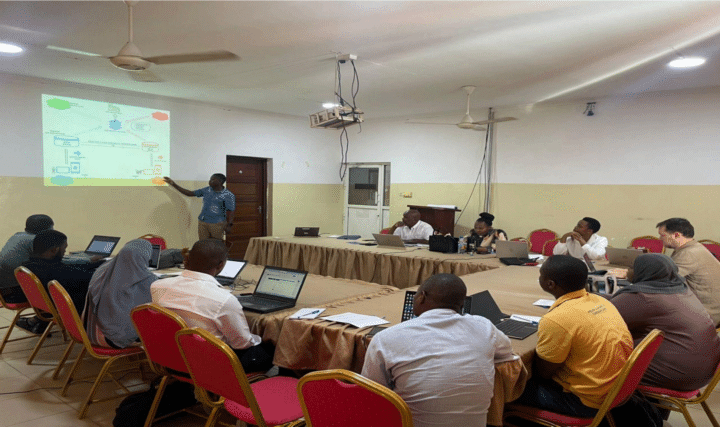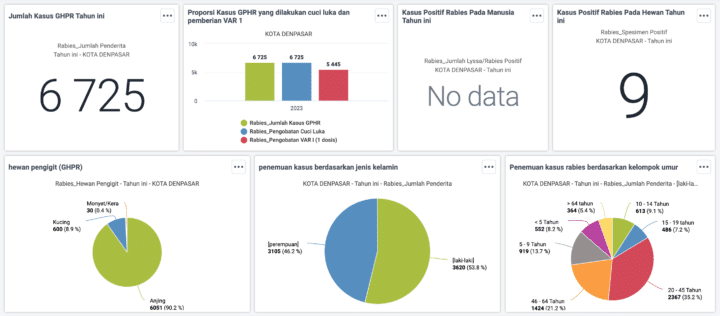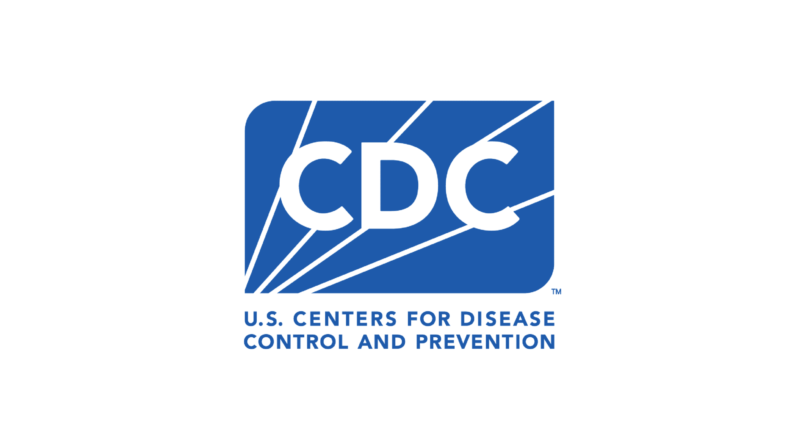As a generic platform, DHIS2 is widely used to support information sharing and cross-sectoral collaboration. HISP Centre partners with One Health quadripartite agencies WHO, FAO and WOAH to develop innovative tools that improve early detection of health threats and information sharing across One Health partners in countries and at the global level.
Community-based surveillance for early detection
Countries across Africa are embracing a One Health approach by integrating event-based surveillance at the community level. This approach breaks traditional silos and allows for community workers to report possible health threats and unusual events into DHIS2 for Ministries of Health and Livestock to receive timely information. Using the DHIS2 Android mobile application and SMS gateways, members of the community can report in real-time on rumors, clusters of dead animals, environmental factors and other unusual events. By seamlessly integrating real-time, community-sourced data into DHIS2, authorities can verify health events and collaborate on investigations with experts across sectors.
- Country example – Tanzania Mainland: The electronic Event-Based Surveillance platform was launched in Ngorongoro in Tanzania, home to rich, diverse wildlife in Arusha and the world-wonder crater. In its first year, hundreds of community workers were trained and 5000+ events were reported, with the majority of these events associated with local wildlife. The eEBS has become a model for Ministries of Health, Agriculture & Livestock and Environment to establish a nation-wide cross-sector platform for event-based surveillance in coordination with the country’s One Health desk. Watch a presentation
Cross-sector data sharing
DHIS2 used to strengthen One Health coordination and data sharing across Ministries of Health, Agriculture & Livestock and Environment. Many countries have established One Health desks with the authority to request information across Ministries and promote sharing. Robust interoperability features support the exchange of data between multiple DHIS2 instances, as well as with other systems used in countries.
- Country example – Burkina Faso: In Burkina Faso, USAID funded projects through MEASURE Evaluation and the Country Health Information Systems and Data Use (CHISU) program have supported DHIS2 systems among Ministries with their own autonomy and mandate for data collection & management: Ministry of Health (MoH), Ministry of Livestock and Fisheries (MRAH), and the Ministry of the Environment (MEEVCC). Leveraging the flexible architecture of DHIS2, a fourth DHIS2 instance was established under the One Health umbrella to integrate data across these Ministries for cross-sectoral sharing and use. Read more
Improving global access to locally-reported health threats
Health threats are not bound to national borders. Platforms that allow for sharing information with global One Health quadripartite partners and with other countries are key to enabling early detection, preparedness and response to emerging threats. Working closely with the Food & Agricultural Organization (FAO), DHIS2 tools allow for community and country-based data collection on animal health threats to be reported and shared with global partners. A DHIS2 application developed in partnership with HISP West & Central Africa supports seamless reporting of verified animal health events of concern to FAO’s global early warning system, Empres-i. The app has been field-tested in DRC to eliminate the need for parallel manual data entry from animal health workers in Kong District, and is being expanded to other countries like Guinea who are active Empres-i users.
Antimicrobial resistance (AMR)
Antimicrobial resistance (AMR), occurs when germs like bacteria and parasites become resistant to the drugs designed to kill them, and continue growing and spreading. DHIS2 is leveraged as a platform for collecting and analyzing laboratory data to monitor antimicrobial resistance. In some contexts like Rwanda, AMR data are integrated into DHIS2 alongside as part of a national One Health DHIS2 platform alongside data on wildlife and domestic animals and notifiable public health conditions.
The Indian Council of Medical Research (ICMR) partnered with HISP India to develop a novel DHIS2 application for tracking lab samples and analyzing lab results in hospitals and medical colleges in India. Interoperability tools and standard datasets developed by WHO also allow for seamless integration of data from WHONET, a lab data system designed between WHO and Collaborating Center partner Brigham and Women’s Hospital (Boston, USA) to facilitate microbiology lab data management, into DHIS2 for improved analysis and use in countries like Bangladesh. Interoperability tools also support linking AMR data collected in DHIS2 to WHO’s Global Antimicrobial Resistance and Use Surveillance System (GLASS).
Agriculture, environment & climate data
Human activities like animal trade, agriculture, livestock farming, urbanization, climate change, habitat fragmentation and encroachment into wild areas can stress ecosystems and create new opportunities for infectious diseases to emerge. Climate factors affect vector populations like mosquitoes, which in turn can increase the risk of diseases like malaria, dengue fever, and West Nile Virus. Environmental and climate factors are also tightly linked with agriculture, food production and security, and ultimately can affect nutrition outcomes.
- Country example – Malawi: The Ministry of Agriculture (MoA) implemented a National Agricultural Management Information System (NAMIS) using the DHIS2 platform that incorporates data on weather and climate events, household food situation assessments, and agricultural production estimates to improve food security and agricultural productivity, and support early warning and response for extreme weather events. Read more






